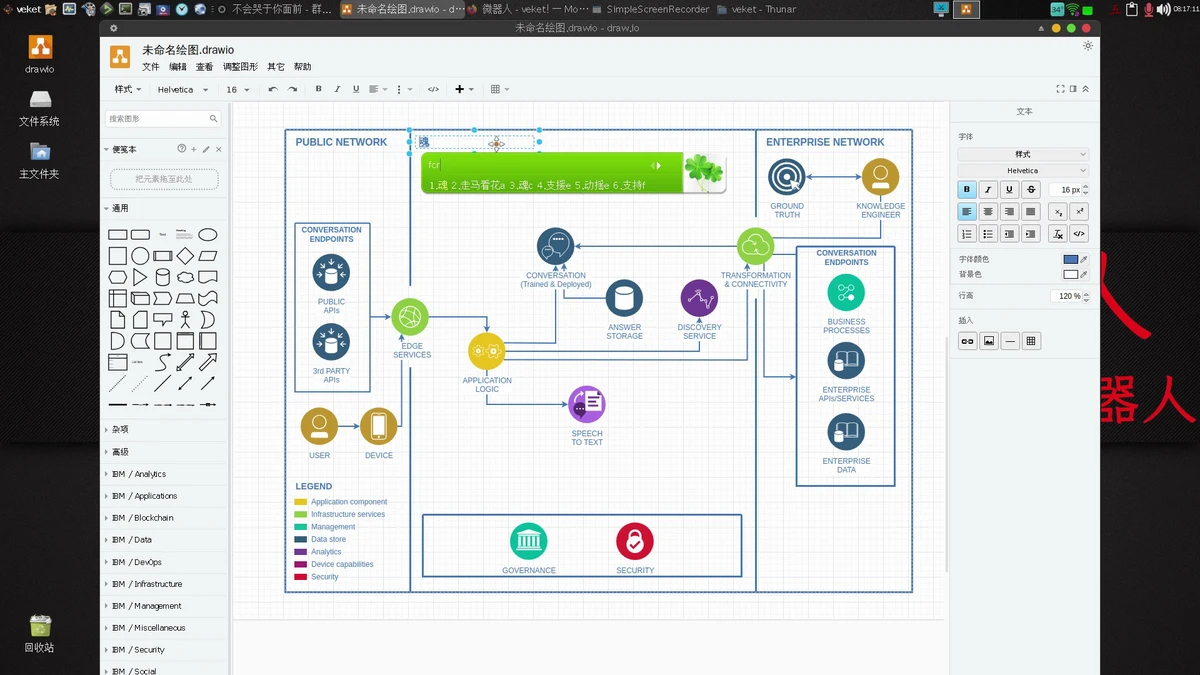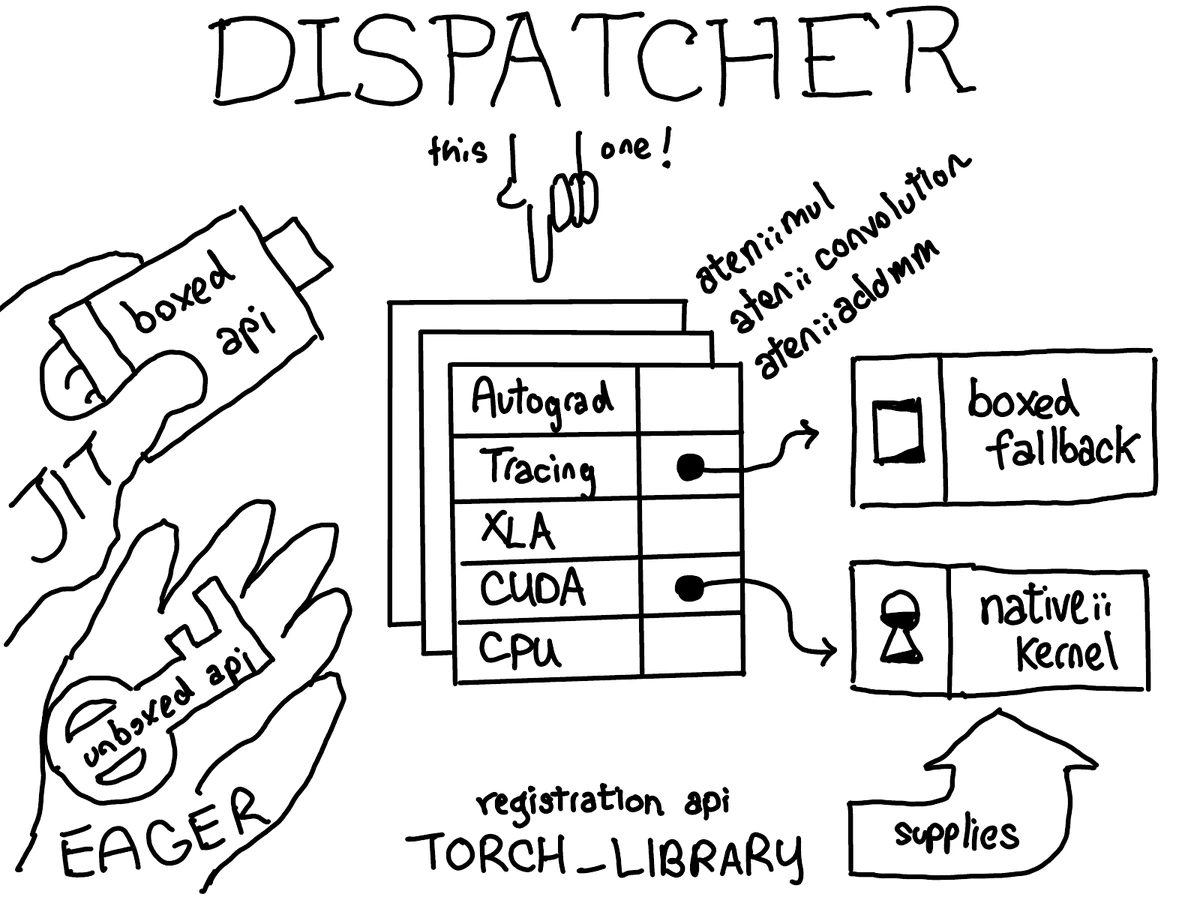=============================================================================
In the world of trading, understanding drawdown is essential for all traders, especially beginners. A drawdown refers to the decline from a peak to a trough in the value of a trading account, often represented as a percentage loss. It’s a critical metric for assessing the risk of a trading strategy. This article aims to provide drawdown tips for beginner traders, focusing on effective methods to minimize risks, manage drawdowns, and improve trading success.
What is Drawdown and Why Does It Matter?
Drawdown is an important concept for both novice and experienced traders. Simply put, it refers to the reduction in your trading capital from its highest point (peak equity) to the lowest point (trough equity) before a new high is achieved. The greater the drawdown, the riskier a strategy might appear.
For example, if you start with \(10,000 in your trading account and experience a \)2,000 loss, your drawdown would be 20%. Understanding why drawdown matters in trading can help you avoid large losses and make better risk management decisions.
Key Drawdown Metrics
- Maximum Drawdown (MDD): This is the largest peak-to-trough loss in a given trading period.
- Average Drawdown: The average of all peak-to-trough losses over a defined time.
- Recovery Time: The time it takes for an account to recover from a drawdown.
Managing drawdowns effectively is essential, as large losses can lead to emotional decisions and poor judgment. Successful traders know how to minimize and control these risks, even in volatile markets.

Two Key Strategies to Manage Drawdowns
As a beginner trader, managing drawdowns effectively can significantly impact your long-term profitability. Below, we will explore two strategies for managing drawdowns: Position Sizing and Risk-to-Reward Ratios.
1. Position Sizing: Control Your Risk Per Trade
One of the best ways to manage drawdowns is by controlling the amount of risk you take on each trade. Position sizing is the practice of determining how much capital you should risk per trade relative to your total account balance.
How to Implement Position Sizing:
- Fixed Dollar Amount: Risk a fixed amount of your account per trade (e.g., \(100). If your account balance is \)10,000, you risk 1% per trade.
- Percentage of Account Equity: Risk a percentage of your account balance, such as 2% per trade. If your account balance changes, the amount you risk adjusts accordingly.
- Volatility-Based: Adjust position size based on market volatility. If the market is more volatile, reduce your position size to account for larger potential swings.
Pros and Cons of Position Sizing:
- Pros: Limits the amount you lose on any single trade, helps avoid large drawdowns, and creates consistency.
- Cons: Requires discipline and regular monitoring of account balance. Too much reliance on this strategy may also lead to overly conservative trading.
2. Risk-to-Reward Ratios: Maximizing Profit Potential
The Risk-to-Reward ratio (R:R) is another critical tool for managing drawdowns. This ratio measures the potential reward versus the potential risk of a trade. A higher risk-to-reward ratio can offset the inevitable losses that come with trading.
How to Implement Risk-to-Reward Ratios:
- Set a target risk-to-reward ratio before entering each trade (e.g., 1:2, where you risk \(100 to make \)200).
- Ensure the ratio aligns with your trading strategy. For instance, day traders may prefer higher risk-to-reward ratios (e.g., 1:3) because of their shorter time horizons.
Pros and Cons of Risk-to-Reward Ratios:
- Pros: Allows for a favorable balance between wins and losses, helps traders manage drawdowns over time, and reduces the emotional impact of losing streaks.
- Cons: Requires precision in identifying entry and exit points, and there may be times when the market doesn’t move as expected, resulting in losses.
Best Practices to Minimize Drawdown Risks
Effective drawdown management doesn’t just rely on position sizing and risk-to-reward ratios. Here are additional best practices for minimizing drawdown:
Diversify Your Trades
Diversification involves spreading your investments across different assets, markets, or strategies. When one position suffers a loss, others may be performing well, which helps reduce overall risk. Diversifying your trading strategy can also mitigate drawdowns, especially during periods of high volatility.
Use Stop Loss Orders
A stop-loss order automatically closes a trade once a certain loss threshold is met. This prevents large, uncontrollable drawdowns. Be sure to set your stop loss based on technical levels or volatility, rather than a fixed amount of loss, to avoid being prematurely stopped out during normal market fluctuations.
Regularly Assess and Adjust Your Strategy
Market conditions change, so it’s important to assess your drawdown performance regularly. If you notice your drawdowns becoming more frequent or larger in size, it may be time to reassess your strategy. Consider backtesting, modifying risk parameters, or even transitioning to a different strategy altogether.
How to Track Drawdown Performance:
To assess how well you’re managing drawdowns, use tools such as:
- Equity Curve Analysis: Visualizes the performance of your account over time.
- Drawdown Periods: Track the length and magnitude of each drawdown.
- Performance Metrics: Calculate metrics such as maximum drawdown and sharpe ratio to understand risk-adjusted returns.

FAQ: Drawdown Tips for Beginner Traders
1. What is the best way to reduce drawdown in trading?
The best way to reduce drawdown is by implementing strict risk management practices. This includes setting proper position sizes, using stop losses, and maintaining a favorable risk-to-reward ratio. It’s also important to continuously review your strategy to adapt to market conditions.
2. How do I calculate drawdown in quantitative trading?
To calculate drawdown in quantitative trading, you need to track your portfolio’s highest point (peak) and the lowest point (trough) during a specific period. The formula is:
Drawdown=Peak−TroughPeak×100\text{Drawdown} = \frac{\text{Peak} - \text{Trough}}{\text{Peak}} \times 100Drawdown=PeakPeak−Trough×100
This gives you the percentage loss from the peak to the trough of your trading account.
3. How can I avoid emotional decision-making during a drawdown?
One of the keys to avoiding emotional decisions during a drawdown is having a solid trading plan in place. This includes predefined risk management rules, clear goals, and an understanding of your strategy. Additionally, focusing on long-term goals rather than short-term setbacks can help you stay on track and avoid knee-jerk reactions to losses.

Conclusion
Managing drawdowns is an essential skill for beginner traders. By understanding the concept of drawdown and using position sizing, risk-to-reward ratios, and other strategies, you can protect your trading capital and improve your chances of long-term success. Don’t be discouraged by drawdowns—learn from them, adjust your strategies, and always stick to a disciplined approach.
If you found this article helpful, feel free to share it with fellow traders and leave a comment below with your thoughts or experiences. Trading is a journey, and effective drawdown management is a key part of it!
Related Articles:
- How to Calculate Drawdown in Quantitative Trading
- Why is Drawdown Important in Trading

0 Comments
Leave a Comment